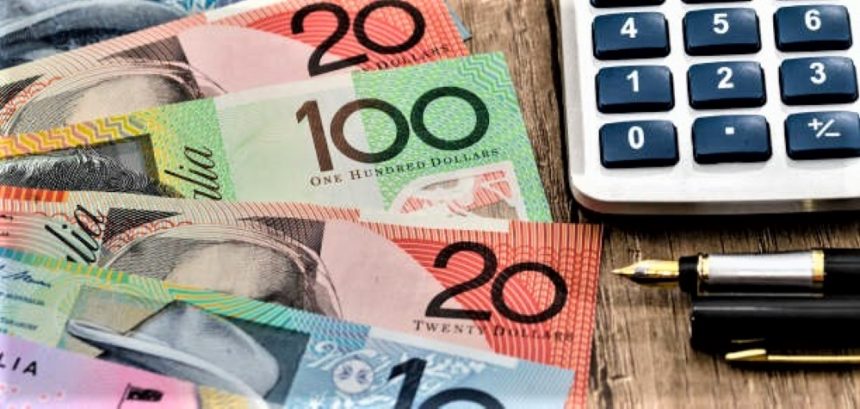Australian Dollar is hovering near 0.6500 level ahead of US PPI.
On Wednesday, the Australian Dollar (AUD) is trading at the psychological threshold of 0.6500. The US CPI statistics released on Tuesday revealed a more extreme decrease in US inflation than had been forecast, resulting in a significant drop in the US Dollar (USD). As a result, the AUDUSD pair increased significantly.
Wage Price Index (Q3) in Australia increased by 1.3%, as projected, and by 4.0% year on year.
The Wage Price Index for Australia was released on Wednesday, confirming that quarterly labor cost inflation increased by 1.3%, as expected, compared to the previous quarter. The prior figure was 0.8%. The year-over-year figures indicated a 4.0% growth, which was higher than the expected 3.9%. On Thursday, the Australian jobs data will be released, providing additional information.
The Westpac Consumer Confidence report for November in Australia showed a dramatic dip in consumer mood. The rising emphasis on data-driven policy modifications will almost certainly present a challenge to the Reserve Bank of Australia’s (RBI) board.
Contrary to forecasts, China’s Industrial Production (YoY) increased at 4.6% in October, a little improvement from the previous 4.5%. Retail sales increased 7.6% year on year, exceeding the expected 7.0%. These good economic statistics may provide support for the Australian Dollar (AUD).
The Dollar Index (DXY) fell 1.50% in the previous session, reaching It has not been this low since early September. Increased risk appetite and a negative trend in US Treasury bonds weighed on the greenback. The US 10-year yield fell significantly to an eight-week low of 4.43%.
The US Producer Price Index and Retail Sales data, which will be released later in the North American session, have the potential to dramatically influence the market. If these figures match forecasts, the Greenback may face additional pressure.
Daily Market Movers: The Australian dollar stays below a psychological level due to the RBA’s uncertainty on policy rates.
Westpac Consumer Confidence in Australia fell 2.6% in November, after a 2.9% increase in October.
Marion Kohler, RBA Assistant Governor (Economic), remarked that inflation is projected to fall. to be slower than planned. This is due to persistently high domestic demand as well as robust pressures from labor and other costs. Kohler stressed the importance of tightening policy to confront the problems posed by rising inflation.
In its Monetary Policy Statement (MPS) last Friday, the RBA acknowledged the challenges posed by persistent price pressures and a weak domestic economy.
The RBA board recognizes many households’ financial difficulties. Budgets are undoubtedly being squeezed. An unexpected turn of events, the central bank raised its inflation and GDP growth estimates, painting a mixed picture.
In response to the latest Monthly Consumer Price Index (YoY) for September, the RBA raised the Official Cash Rate (OCR) from 4.10% to a 12-year high of 4.35%., indicating a significant gain of 5.6% over the predicted 5.4% growth.
In September, Australia’s TD Securities Inflation (YoY) fell to 5.1% from 5.7% the previous month.
Following the release of Q4 inflation figures, economists at the National Australia Bank (NAB) predict another 25 basis point boost in February. Furthermore, NAB predicts that rate reduction will not begin until November 2024.
US-China Presidential conference is approaching, and US President Joe Biden intends to reestablish military-to-military ties with China.
The US-China Presidential conference is approaching, and US President Joe Biden intends to reestablish military-to-military ties with China. Biden and Chinese President Xi Jinping will meet in person for the first time in a year on Wednesday during the Asia-Pacific Economic Cooperation conference in San Francisco.
The October readings of the US Consumer Price Index (CPI) were lower than predicted, with the yearly reading remaining unchanged. The rate fell from 3.7% to 3.2%, falling short of the average expectation of 3.3%. The monthly CPI fell from 0.4% to 0.0%.
The US Core CPI grew by 0.2%, below estimates of 0.3%, while the annual rate fell to 4.0% from 4.1% previously.
In October, the US Monthly Budget Statement indicated a deficit of $67 billion, compared to the forecast deficit of $65 billion.









